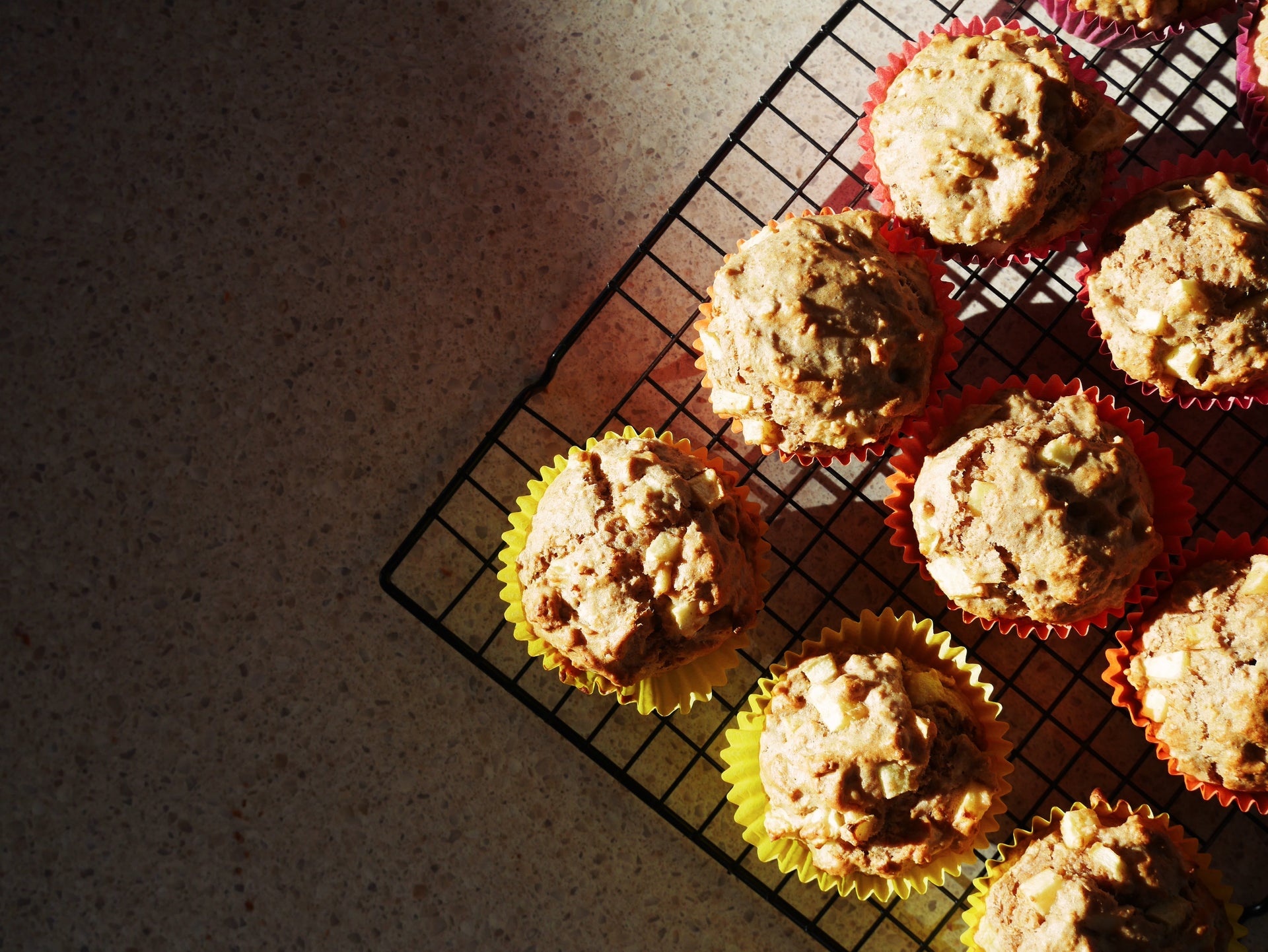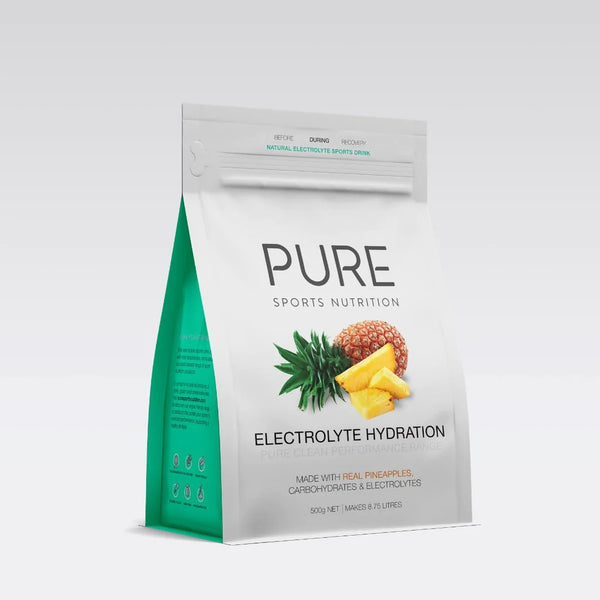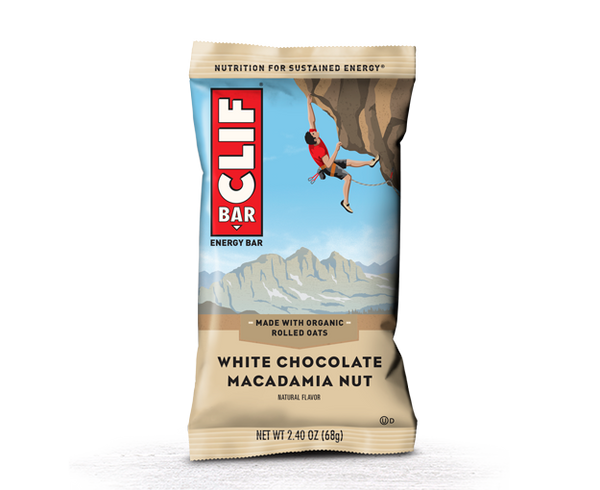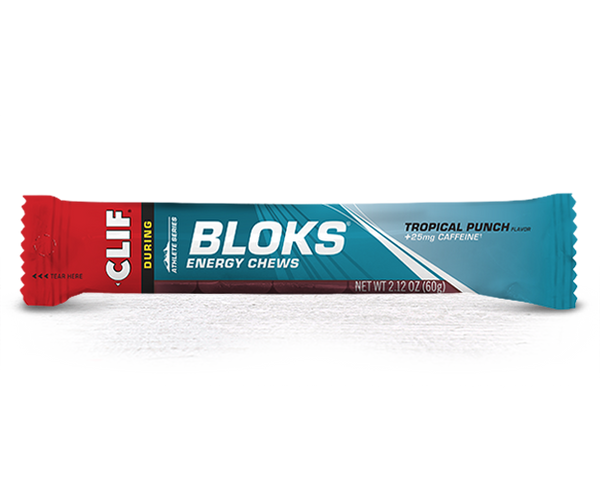Nutrition for Cycling - What to Eat During a Ride
You’ll get faster, stronger, and be able push hard right up until that last interval, and then do it all over again the next day. Eating enough on the bike also helps tremendously to meet your daily energy and carbohydrate requirements as an active individual.

This blog post could have easily been called “ALL THE SNACKS”, because when it comes to riding, especially if you are out for hours at a time, it is really all about the snacks. Many people lack the awareness and understanding of how much, and what, to eat when riding, but the difference correct fuelling on the bike makes to how you feel, perform, and recover is mind-blowing.
But whether or not you are trying to eek out every last watt possible, fuelling correctly on the bike will help you get more out of every ride. Yes, it’s about performance, but it’s also about health, safety, and enjoyment. At the end of the day the reason that most of us ride bikes is because we love it – and nutrition can help with that. Ending a ride feeling on top of the world is far preferrable to crawling home in a sorry state, desperate to raid the fridge as soon as you walk in the door, and then feeling lethargic and unfocused for the rest of the day.

When it comes to fuelling your ride, once again, carbs take centre stage. During exercise we get energy from two main sources: carbohydrate and fat. Even someone with very low body fat has tens of thousands of calories stored as fat in their body. Our carbohydrate stores (glycogen), however, are limited. As we exercise, we deplete our glycogen, and without regularly consuming carbohydrate throughout a ride, we experience the dreaded “bonk”. This will happen a lot quicker the higher the intensity – the harder you ride, the more and more the body relies on carbohydrate for those efforts. But that is not to say that lower intensity riding doesn’t require carbohydrates - you’ll still burn through a lot of glycogen if you are going easy for 3 hours. Carbohydrates are also the primary fuel for the brain, so regular intake on the bike is important for concentration and decision making: critical for staying aware in a bunch, or bombing down a technical MTB trail.
So how much are we talking?
- Under 45 mins: not required
- 45-75 minutes high intensity: 30 grams of carbohydrate per hour (g/hr)
- 1-3 hours moderate or intermittent high-intensity: 30-60 g/hr
- >2.5hrs: 60-90 g/hr (glucose + fructose combination)
Not everyone is overly familiar with how much 30 grams of carbohydrate actually is in terms of food, but it’s worth having a loose knowledge of the types of foods that will provide you with appropriate sources of fuel.
For example:
- 1 banana provides ~25-27g of carbohydrate
- Most muesli bars have around 20-25g, while a clif bar has 45g
- 1 honey white bread sandwich provides ~30g
- 6 dried apricots or 7 dates provide ~30g
- 1 slice of banana bread provides ~30g
- Most lollies are 80% carbohydrate by weight, so 45g = 30g of carbs (about 10 jellybeans or 5 liquorice allsorts)
- Gels usually have between 20-40g of carbs - the PURE fluid energy gels have 25g
- Powdered drink mixes vary hugely so check the packet, but 3 scoops of PURE electrolyte hydration gives you almost 40g of carbohydrate
And then, hit the snacks early and often. If you aren’t used to regularly fuelling your rides, for rides over an hour, a good starting point is to aim for something that provides about 20-30g of carbohydrates every 30-40 minutes. The longer you ride, and the harder you ride, you’ll want to increase this, or keep the snack regime rolling, but put some carbohydrates in your bottles that you can sip on regularly. While 30 g/hr is probably sufficient for a 1.5-hour easy ride, for 3 hours with some hard intervals, I would definitely be looking to get closer to 75-90 g/hr. You can’t exclusively rely on hunger to dictate when to eat, and by the time you are fatiguing or feeling hangry, it’s almost too late. You can even program some bike computers or sports watches to give you a “nutrition notification” at regular intervals to keep on top of fuelling. If you are getting home from your ride absolutely starving, then that’s a really good sign that you haven’t eaten enough during that ride. Similarly, if you are feeling completely shattered afterwards, struggling to concentrate or satiate your appetite throughout the rest of the day, or still trying to play catch up the next day, then go harder on the in-ride snacks.

Think about how long you are going to be out, how hard you are going to be riding, and make a bit of a plan about what you are going to eat, and when. I’m a huge advocate for physically getting out the calculator and doing some pre-ride math to figure out what foods you need to get you to your target. It pays to also tack on a little extra in case, or keep an emergency gel or muesli bar in your saddle bag, bar bag, or backpack. You might want to keep riding longer, underestimate the time a route takes, take a wrong turn somewhere, or tear open your muesli bar on the harbour bike path only to pop it out of the wrapper into the harbour (speaking from experience).
What those snacks should entail will depend on ride duration and intensity, as well as practical factors like weather (Dunedin winters are not kind to jellybeans), your ability to transport said snacks (big fan of the bar bag), and what you can personally tolerate. You can fuel easy aerobic rides with more real foods like muesli bars and sandwiches, but as the intensity increases (or around specific high-intensity parts of a ride), it’s better to rely on simple sugars, like lollies, drink mix, or gels, which are easily and rapidly digested. Ultimately it comes down to what you are actually willing and able to eat. The well-intentioned oat bar that never makes it out of your back pocket isn’t doing anyone any good.
Admittedly when you start getting over 60 g/hr it gets a little more complicated. The gut can only absorb approximately 60 g/hr of glucose, so any additional carbohydrate on top of this should be coming from fructose to minimise gut problems and ensure that carbohydrate is actually being used during the ride. Bike House now carries the SiS Beta Fuel products in store which are a great option for getting up to those higher carbohydrate targets as they contain both glucose (in the form of maltodextrin) and fructose. Furthermore, if you aren’t used to consuming 90 g/hr of carbs, it’s probably not a great idea to jump straight into that for your next ride – the gut takes some training. Figure out what you usually have, and then try increasing that by ~10g/hr every week or two. Experiment with different foods, and find out what works best for you. It does take some trial and error and sometimes a bit of discomfort at first, but getting those carbs up will pay dividends: there is an extraordinarily linear relationship between in-exercise carbohydrate intake and performance.

To sum up, I think it's about creating a little more intentionality about how you fuel your rides, beyond the afterthought of grabbing a banana on the way out the door for a two-hour smash fest. Not only will you feel miles better, and won’t be fading, fatigued, and grumpy at the end of ride, but you’ll be able to stayed switched on mentally on and off the bike. You’ll get faster, stronger, and be able push hard right up until that last interval, and then do it all over again the next day. Eating enough on the bike also helps tremendously to meet your daily energy and carbohydrate requirements as an active individual. Plus, who doesn’t love snacks.
Now that you’ve got your in-ride fuelling dialled, and aren’t walking in the door and immediately devouring anything and everything in sight, stay tuned for the next blog to find out what you should be eating after a ride to optimise recovery and get the most out of all the work you’ve put in on the bike!
Michaela Rogan
Associate Registered Nutritionist
BlackPeak Nutrition


